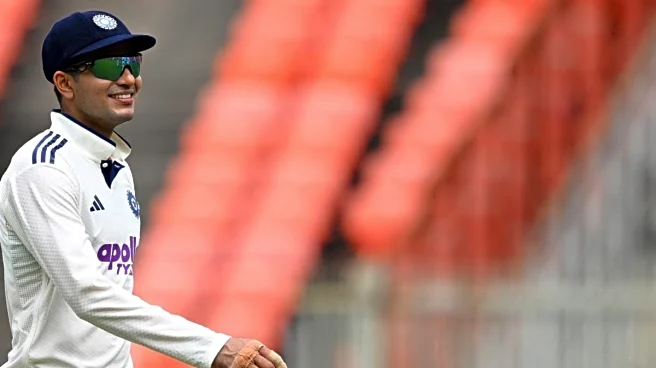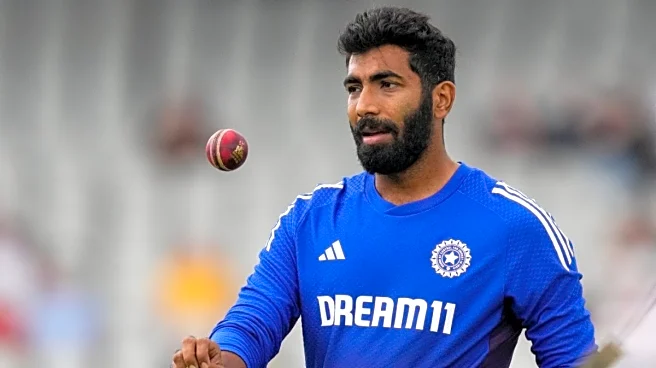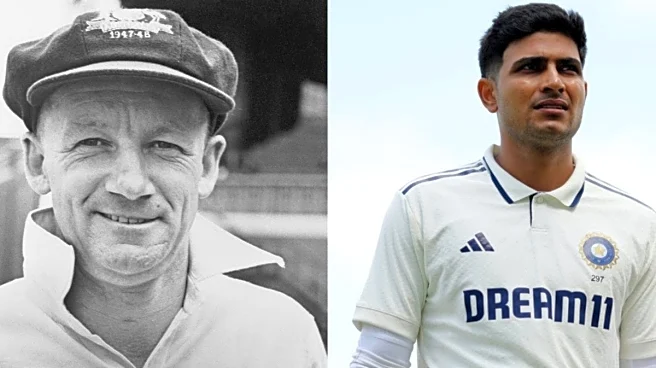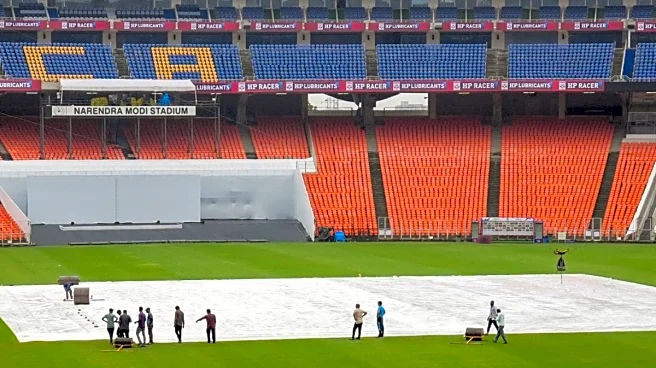In 2024, New Zealand broke India’s 12-year streak of unbeaten run in Test series at home. And they did in dominant fashion, storming to a 3-0 clean sweep which not only ended India’s run of 18 consecutive Test series wins at home but also severely dented their hopes of making it to a third straight final of the ICC World Test Championship.
Nearly a year from that fateful series, India have started their home season of the new ICC WTC cycle under with a two-match Test series against West Indies. There’s a new captain in Shubman Gill and he now hopes to rebuild the fortress that was breached last year.
But he will have to do it without the three stalwarts – Virat Kohli, Ravichandran Ashwin and Rohit Sharma – who played starring roles in making India
such a dominant force in Tests at home.
So, how does he plan to accomplish that?
“The plan is simple – hard, grinding cricket,” Gill said on JioHotstar. “We don’t want to win in 2–3 days. We know we have the best four spinners – Kuldeep (Yadav), (Ravindra) Jadeja, Axar (Patel) and Washi (Washington Sundar). Any team coming to India knows two challenges: spin and reverse swing. We’ll test opposition in both areas, but our focus is good cricket.”
Prior to the five-match Test tour of England, Gill admits he felt pressure of not scoring enough runs when playing overseas. To fix that, he began preparations during the IPL 2025 itself and also approached Sachin Tendulkar and Steve Smith to help him understand how best to score runs in England.
“I definitely had pressure of not having a great record overseas,” Gill said. But the way I prepared, I was confident. Even though a day, a week or an hour before the match it would play on my mind, but once you’re on the ground, all of that fades out. You just focus on what you have to do at that moment.”
“I spoke to a lot of people who’ve scored runs in England. Everyone said one thing in common – plenty of runs will come square of the wicket. But it got complicated because we thought square runs meant playing outside balls. Then we decided – leave the outside ball,” he added.
Gill avoided temptation to go for cover drives during the early part of his innings and waited till the ball stopped swinging and seaming.
“So I simplified it. I said, I won’t drive early. I’ll just defend on the front foot and leave. After 30–40 balls, the Dukes ball softens. Run-scoring becomes easier. Outfield is fast, timing the ball gives you boundaries. So, in the beginning, unless it was a half-volley, I avoided cover drives. Only straight drive, flick, cut, punch – no cover drive until I was completely confident the ball had stopped swinging or seaming,” he said.
“Before leaving, I spoke to Sachin sir. I also took Steve Smith’s number from Matthew Wade and spoke to him. Both said the same thing – defend straight, score square,” he added.













